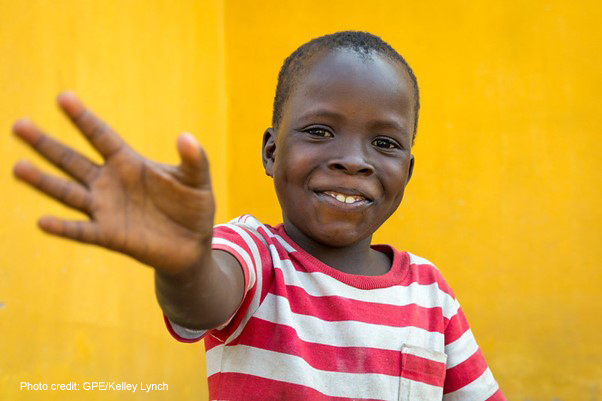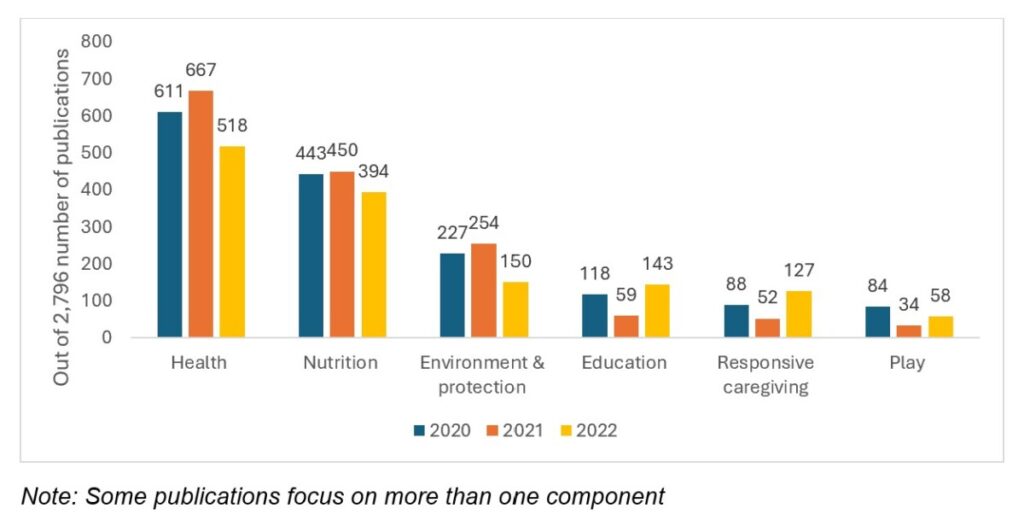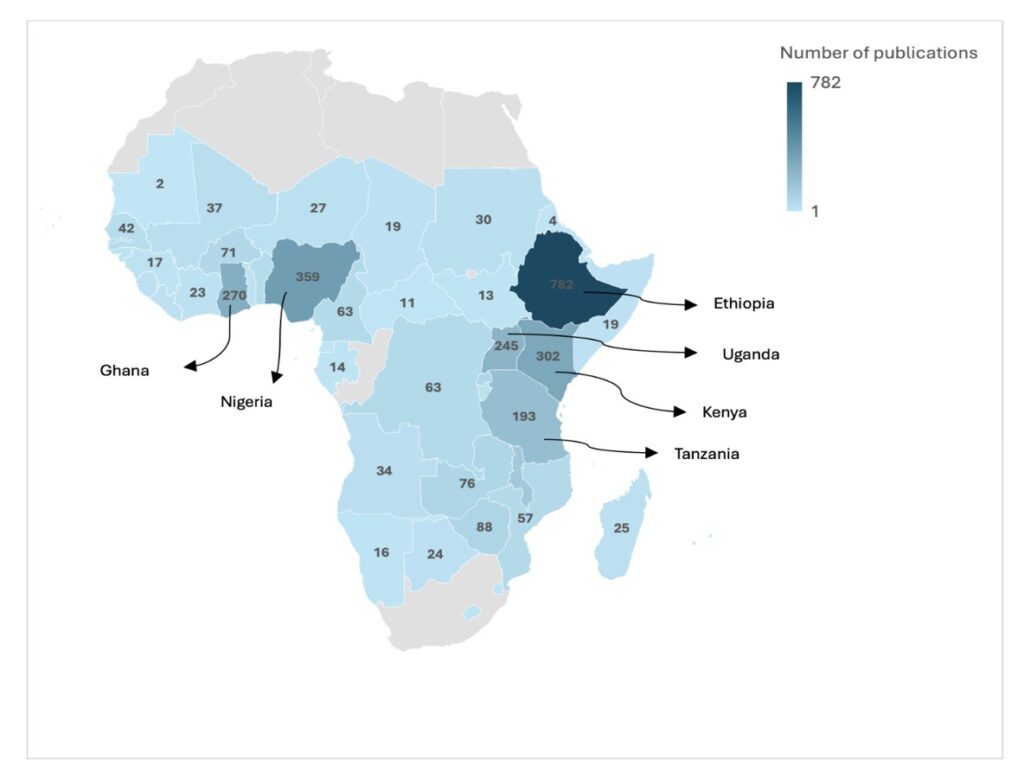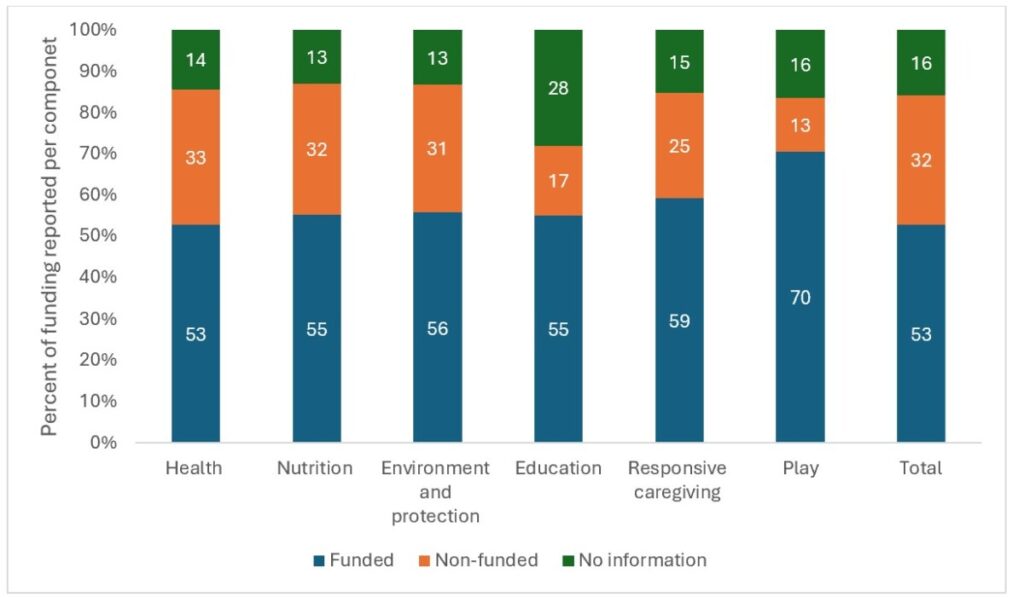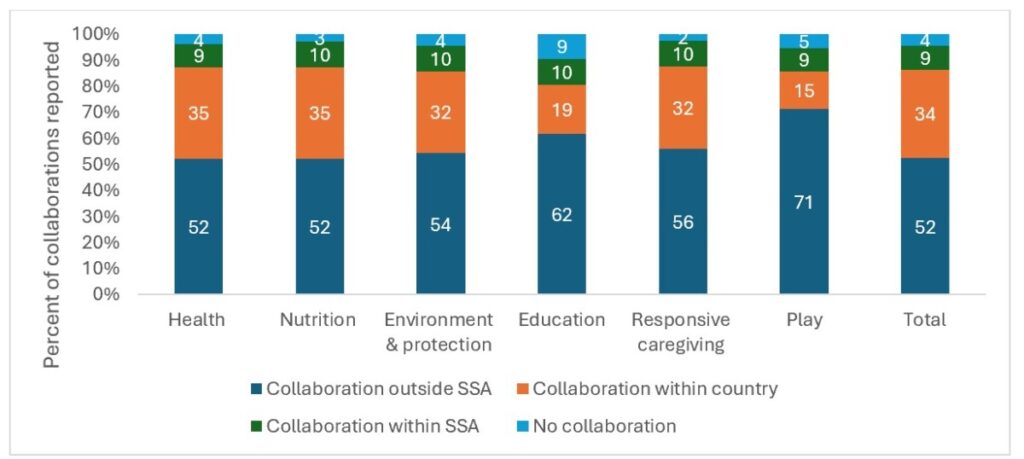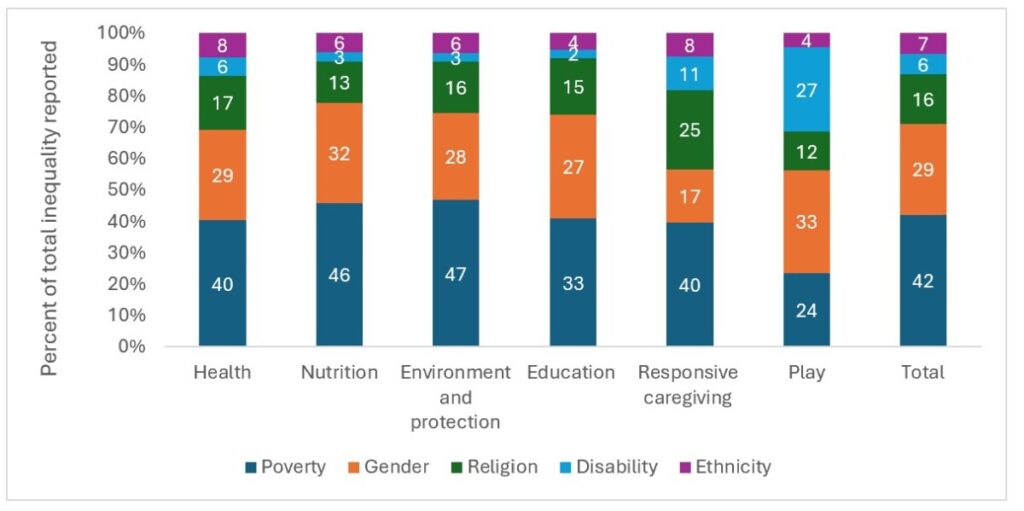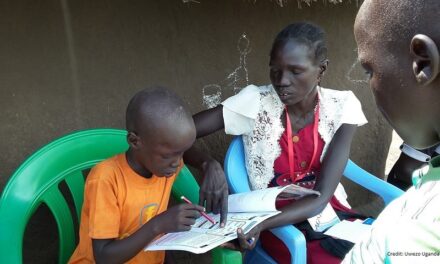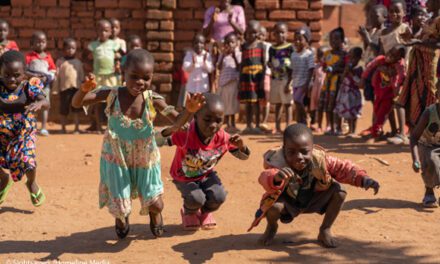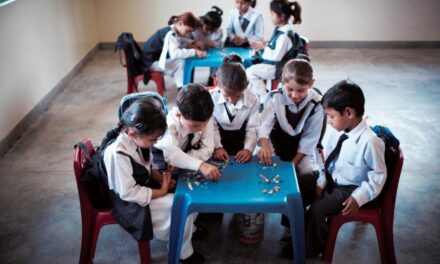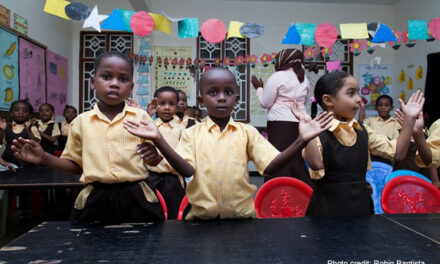This blog was written by Daniel Hawkins Iddrisu, Research Assistant, and Eunice Mueni Williams, Research Associate, Research for Equitable Access and Learning (REAL) Centre, University of Cambridge.
Early childhood development (ECD) is important for ensuring that children aged 0-3 can achieve their full potential, and this is widely recognised in advocacy, policies, and research. The United Nations Sustainable Development Goal 4.2, the Nurturing Care Framework, and the African Union Continental Education Strategy, emphasise ECD as the foundation for quality education and training, and better outcomes in life. Despite these global and continental goals, 66% of children in sub-Saharan Africa (SSA) fall below their developmental needs. There is, therefore, a clarion call for individuals and stakeholders to change the blurring narrative in SSA. While research and data evidence are at the heart of shaping this course, evidence from and by SSA-based researchers is acutely underrepresented and likely to be missed in shaping policy and practice for effective change.
The Research for Equitable Access and Learning (REAL) Centre and Education Sub Saharan Africa (ESSA), with support from the Conrad Hilton Foundation, mapped ECD research authored by researchers based in SSA to help understand the landscape of ECD in the region. The mapping targeted policy-relevant research, highlighting knowledge and evidence produced by SSA-based researchers, which is often neglected and less visible in international databases. The project included publications in international databases with publications mainly in English, and in-depth searches of research outputs in four countries – Kenya, Uganda, Tanzania, and Ghana.
This blog summarises some of the key findings from this mapping exercise, which can also be read in the new summary reports on cross-country mapping and analysis from international databases. All of our full reports can be found online.
Most ECD publications by SSA-based researchers in international journals are on health and nutrition.
A total of 2,796 publications by authors based in SSA were identified for 2020 to 2022. Two thirds of publications focused on health, with almost half related to nutrition. A much lower proportion was identified for the other four components, with environment and protection accounting for 23%. Education, responsive caregiving, and play each accounted for just 11%, 10% and 6%, respectively. The pattern was similar across each of the three years (Figure 1).
Comparing the number of research outputs from searches of in-country databases in Ghana, Kenya, Tanzania and Uganda to those published in these countries in journals identified through searches of international databases for 2020 to 2022, we found more than twice as many in international journals.
Half of ECD research is published by four countries in SSA.
Four countries accounted for almost two thirds of the total ECD publications identified through international databases: Ethiopia (28%), Nigeria (13%), Kenya (11%) and Ghana (10%) (Figure 2). Given that languages such as French and Portuguese are hardly present in Scopus, Web of Science, PubMed, and Dimensions, this could be why some countries such as Djibouti, Gabon, Togo, Cape Verde have fewer publications. Ethiopia has the highest number of publications (782) across four of the six ECD components (health, nutrition, environment & protection, and responsive caregiving).
Only around half of ECD publications by SSA-based researchers is funded.
Around 53% of the ECD research publications from international sources reported that they received funding, with minimal variations across all components. Play (which has fewer publications overall) was an exception, where 70% of the publications were funded (Figure 3). Of the 55% of education research receiving funding, those receiving funding were more likely to intersect with health and nutrition. Research outputs identified from in-country sources were less likely to receive funding compared to those from international databases, with 24%, 36%, 50% and 63% in Ghana, Kenya, Tanzania and Uganda, respectively, reporting funding.
Around half of publications in international journals include collaboration outside SSA
The vast majority of publications in international databases involved some form of collaboration. Around one half of collaborations were outside SSA, with around one third within the country, with a similar pattern across ECD components (Figure 4). Collaboration with other countries in SSA was less common. Within-country collaborations was most common for country sources.
Publications reporting collaboration outside the country were most likely to receive funding (83%), while those with no collaboration or collaboration within the country were least likely to receive any funding (35% and 34%, respectively). Funding for research involving collaborations within the country was more likely to come from internal sources.
There is insufficient focus on equity in ECD research.
Despite the United Nations’ ‘leave no one behind’ agenda, around one in five of the publications did not take account of inequality related to poverty, gender, ethnicity, religion, or disability. Poverty was the most frequent area included, with 42% of publications addressing this, followed by gender (29%) (Figure 5). Only 4% of publications focused on children with disabilities, and about 18% were conducted in rural settings only, which are often the most deprived.
Female researchers are far less represented in ECD research.
Gender disparities among researchers were evident, with female authors representing only 29% of all those identified from international databases. The gender gap is particularly high for health, nutrition and environment and protection. There was generally a lower proportion of female authors publishing in international journals than in country-level searches, at 36%, 40%, 45% and 52%, in Ghana, Uganda, Tanzania and Kenya, respectively. This could imply that women have more limited access to publishing opportunities in international journals compared to men.
What action is needed?
- Diversify research focus. Encourage and fund research in underrepresented ECD components such as play, responsive caregiving, and education to create a more balanced understanding of child development in SSA.
- Promote intra-African collaboration. Develop funding mechanisms and incentives that specifically encourage collaboration among African researchers and institutions working on ECD-related topics, fostering a more sustainable and locally-driven research ecosystem.
- Address inequality. Prioritise research that explicitly addresses inequality related to poverty, gender, ethnicity, religion, and disability in ECD studies to ensure inclusive development strategies.
- Improve gender balance in research. Implement policies and programmes to increase female opportunities to publish ECD research.
- Enhance local research capacity. Invest in capacity-building initiatives that strengthen the skills and expertise of African ECD researchers, enabling them to lead high-quality research projects and secure funding with less reliance on international collaborations.
——————–
This blog summarises the findings from a series of reports developed from the mapping of ECD research publications from both international databases between 2020-2022, and from national and regional sources between 2010-2022. For more detailed results, see the links to the full reports:
Mapping Early Childhood Development Publications in sub-Saharan Africa: Report on Analysis from International Databases
Mapping Early Childhood Development Research Outputs in sub-Saharan Africa: Cross-Country Mapping Report
Mapping Early Childhood Development Research Outputs in sub-Saharan Africa:

